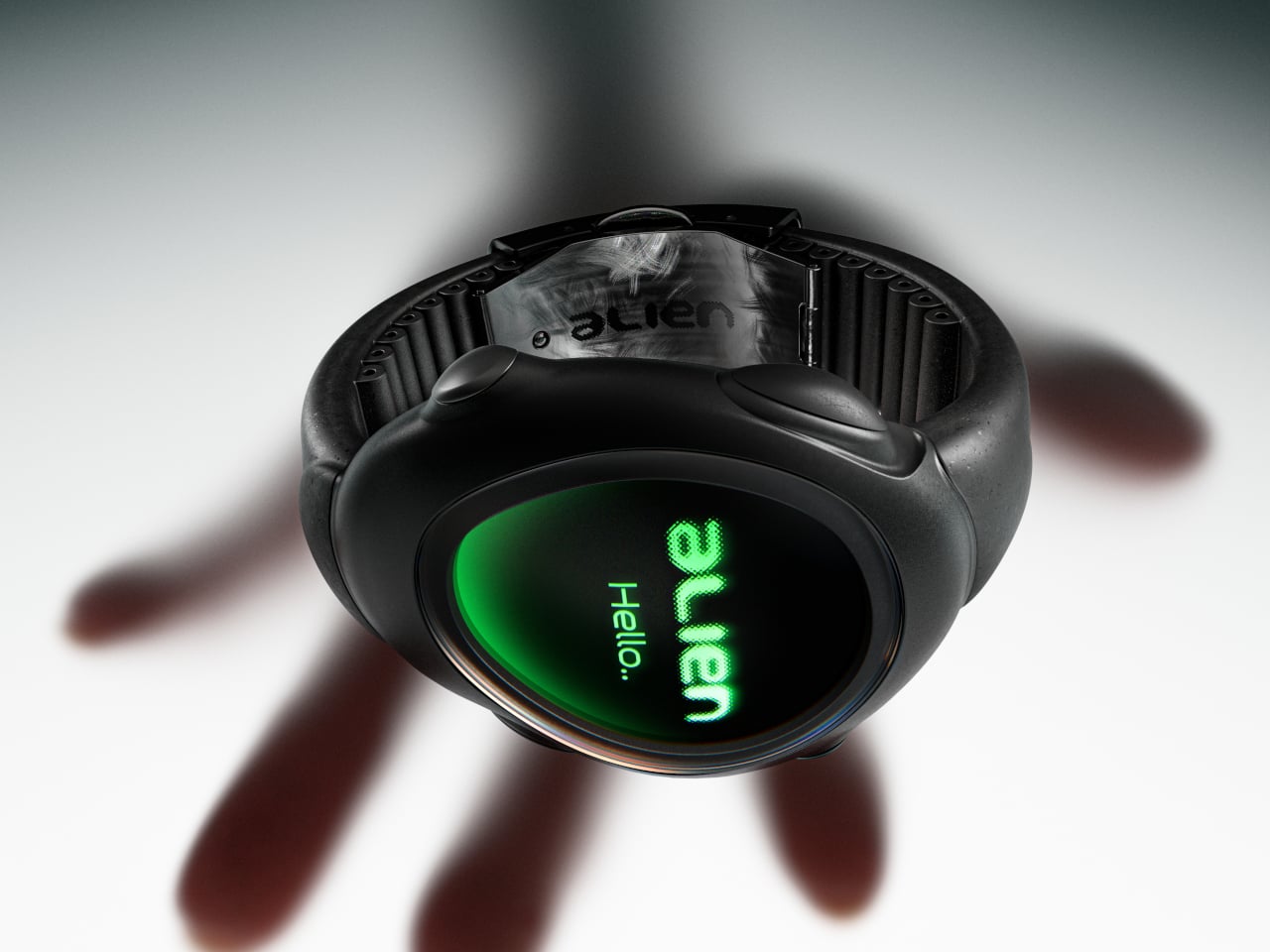Even though it was a gloomy day, we could still clearly see Songkhla's landscape from where we stood atop the ancient Fort No.9. Constructed out of stone to accommodate cannons, it is located on a plain that connects the foothill of Khao Noi and the southwestern town corner.
This ruin appears to be a mystical portal that transports visitors to the Ayutthaya period. Formerly known as Singora, the historic town was originally situated in the neighbourhood of Khao Daeng and functioned as a significant trading port on the shoreline of the Isthmus of Kra, bringing in marine merchants from Holland, Britain, France, Portugal, Persia, India and China. Sultan Sulaiman built a system of city walls, forts, city gates and watchtowers -- all made possible by the British -- to reinforce his army until he decided to proclaim independence from the Ayutthaya kingdom.

In 1687, the French engineer Monsieur de Lamare drew a map depicting Singora's urban layout, borders, Dutch settlement and sea route, before Sultan Sulaiman overthrew King Narai the Great and the town was relocated to the Laem Son area. Covering 2,460 rai, the network of archaic temples, ruined city walls and 14 forts is still visible, and it was added to the list of Ancient Monuments by the Department of Fine Arts in 1992. Just a short distance from the fortress, visitors may act like amateur archaeologists and explore the peak of Khao Noi, which is believed to be a significant holy site on the Sathing Phra Peninsula since the pre-18th Buddhist century.
Fort No.9. Encircled by a dense jungle, the ancient stupa has undergone many repairs and its ruined base showcases the Srivijayan, Dvaravati, and Ayutthaya styles through a row of Buddhist statues and face-like carved stone arches.
Returning to the ground, a unique southern-style wooden songtaew was stationed for our pleasant sightseeing tour, which is gaining popularity among tourists from Malaysia, Singapore and Indonesia. Situated in Singha Nakhon district, we made our way to Wat Suwan Khiri, which was erected in the Ayutthaya period and restored during the reign of King Rama I. Perched on a mound, it developed into a significant temple on the side of Laem Son, serving as a venue for carrying out oath-taking ceremonies.
Under one roof, visitors can witness an exquisite fusion of southern, Chinese and Western style architectural designs. Facing Songkhla Lake, the ubosot is adorned with gothic-style pillar cornices and ceramic-decorated gables depicting flowers and a plethora of wild animals such as squirrels and chevrotains. Inside, it houses a gilded subduing Mara Buddha statue, a Burmese-style marble-like Buddha statue and another Buddha statue dressed in the emperor's clothing.
The walls are covered with beautiful murals depicting three worlds in Buddhism, Buddha's life, and the way of local life like a ghost clad in nora costumes that might have been created in the reign of King Rama III. Outside, there's a Chinese-style bell tower and granite chedi decorated with floral stuccos. Khao Noi Chedi.
Just a short drive to Wat Bo Sap, an ancient pond stands near the entrance stair to greet visitors and the ubosot with arcade verandas atop a hillock is designed in a mixture of Thai-Western style. Next door, Wat Siriwannawat was abandoned before being restored in a hybrid of Thai and Chinese design during the reign of King Rama III. Walking through a Chinese-style arched entrance, visitors can worship an old gilded Ayutthaya-style Buddha statue inside the ubosot, which has a roof made of Koh Yor terracotta tiles.
Leaving the historical sites, a maze of classic shophouses brings back fond memories of old days when Songkhla resettled on the banks of Bo Yang during the reign of King Rama III. Here, Chinese migrants from Guangdong and Fujian developed Songkhla Old Town into a thriving maritime hub. These days, it has become a popular tourist destination where people can savour local cuisine, artwork and multicultural tastes in charming settings.
Nestled at the Southern Songkhla Port, the red century-old Hub Hoe Hin Rice Mill currently serves as the headquarters of the Songkhla Heritage Club, and offers visitors a glimpse into the province's past and the genesis of the rice industry. In 1914, Marshall Khun Rajagitgaree (Junliang Lim-saowapreuk) and his family set up a small factory and then expanded their business into a modern rice milling facility by acquiring a 24-hour steam engine from Great Britain. They exported their rice to nearby provinces as well as Perak and Ipoh in Malaysia.
Wat Suwan Khiri was built in the Ayutthaya period. During World War II, the Japanese occupied Songkhla and the rice mill was turned into a medical storage facility. After the war, the Lim-saowapreuk family transformed their rice mill into an ice factory serving local markets and para-rubber storage facilities.
As deep sea ports grew, this site was transformed into a dock in 1982 for fishing boats and small cargo ships. Visitors may keep strolling down Nakhon Nok Road to Titan Project Space, which is becoming a popular hangout for artists and art enthusiasts to see multimedia exhibitions. One of the highlights is the 15m billboard painting Nakhon OK by renowned Chiang Mai-based artist Navin Rawanchaikul, illustrating the life of the waterside Songkhla community as a melting pot of Chinese, Muslim, Western and Thai ancestry.
Located 30m from the gallery, the San Original Scent Store lures passersbys with its extensive selection of aromatic essential oil diffusers, room sprays, candles, scented sachets and shower gels made from flowers, fruits and herbs to highlight the local culture. Standing on Nakhon Nai Road, Baan Nakhon Nai was built in the reign of King Rama V and is now converted into a community museum and boutique hotel. This luxury compound features a four-storey Sino-European building and a two-storey Chinese-style wooden house, which is furnished with a large collection of black-and-white photographs and sculptures of His Majesty the late King Bhumibol Adulyadej, beautiful ceramic ware, and ancient Chinese-style wood beds and furniture.
Wat Bo Sap boasts an ubosot in Thai and Western-style design. As you go about, you'll notice that certain walls are adorned with stunning street art that portrays daily life and creates photogenic backdrops for tourists to enjoy photography. Just before reaching Yaring Alley, visitors may find the Chinese-style Saksit Phitak Gate, constructed during the reign of King Rama III to connect the Songkhla City Shrine with the sea.
If you're craving something sweet to perk you up, Baan Chong Dee Khanom Thai serves traditional Thai sweets like thong eak (wheat flour dumpling with egg yolk) and sampannee (Thai coconut cookie) which melts in your mouth. In 1842, the Songkhla governor Praya Vichien Khiri constructed the Chinese-style City Pillar Shrine on Nang Ngam Road before it was renovated in the reign of King Rama VI. Sculptures of dragons and crystal balls decorate the roof, while murals and cornices portray auspicious Chinese symbols and deities.
Inside, visitors can also worship sacred statues of Guan Yin, Chao Mae Thapthim, Phra Sue Muang and Phra Kru Mor. After that, visitors can take a short stroll to the adjacent Guan Yu Shrine, which was built during the reign of King Rama IV. It boasts a roof crest that bends like the bottom of a river and is trimmed with green pearls.
Here, local worshippers gather to pray for direction and professional success. This road provides an excellent opportunity to explore the neighbourhood dining scene. The 87-year-old Kiat Fang shop is well-known for its oversized buns and Songkhla-style hot stew with pork, liver and offal cooked in coconut milk and herbs.
Sticky rice filled with egg yolk and shredded pork is served at the Mae Chawee Dessert House, while Ice Cream Oang offers a variety of flavours. Wat Siriwannawat combines Thai and Chinese architecture and houses an Ayutthaya-style Buddha statue. One option for visitors to wrap up a walking tour is to visit Wat Matchimawat Worawihan.
Located on Saiburi Road, it was constructed during the Ayutthaya period and underwent numerous restorations. Within the Rattanakosin-style ubosot, a revered Chinese-style marble Buddha statue rests on a moveable throne, and the walls are covered in eye-catching paintings that show the life of Gautama Buddha and the 10 incarnations of the Lord Buddha. A fleet of Chinese junks float at the mouth of the bay, while a troop of veteran artists perform Chinese opera and nora in the background, reflecting local life surrounding Songkhla Lake.
Late the next morning, we headed to the Kolae Nang community in Thepha district, and boarded a traditional kolae fishing boat painted in colourful designs for a 90-minute leisurely cruise down the Tu Yong canal. Billing itself as a golden triangle, the peaceful fishing village is bordered by a verdant mangrove forest and boasts a diversity of marine ecosystems thanks to the convergence of three rivers from Pattani, Yala and Songkhla. Gazing around, a group of local fishermen demonstrates their expertise in capturing this month's edibles, which include black crab, threadfin and king mackerel.
While on board, visitors may enjoy fresh oysters served with spicy seafood sauce, fried shallots, sliced chili and lemon. They come in four sizes, based on their ages between three and 12 years old. Due to the oysters' hibernation period, the sightseeing programme will be halted between November and March.
Back on land, visitors may cool off with a glass of aromatic honey lemon tea infused with coconut flower syrup. This community has also raised stingless bees with mangrove blossoms to produce organic honey. Hub Hoe Hin Rice Mill is now a community museum.
The Kolae Nang community is in Thepha district, Songkhla. Call 093-713-6145 or visit facebook.com/kolaenang.
otop.innovative.life.
songkhla . Titan Project Space showcases a contemporary exhibition. Baan Nakhon Nai.
Street art portrays daily life in Songkhla Old Town. Saksit Phitak Gate. Baan Chong Dee Khanom Thai.
The Songkhla City Pillar Shrine. Guan Yu Shrine. Wat Matchimawat Worawihan is home to a Chinese-style marble Buddha statue.
Beautiful murals at Wat Matchimawat Worawihan. Street art portrays daily life in Songkhla Old Town. The Kolae Nang community has managed to maintain the traditional lifestyle of fishermen.
Hub Hoe Hin Rice Mill is now a community museum..



















